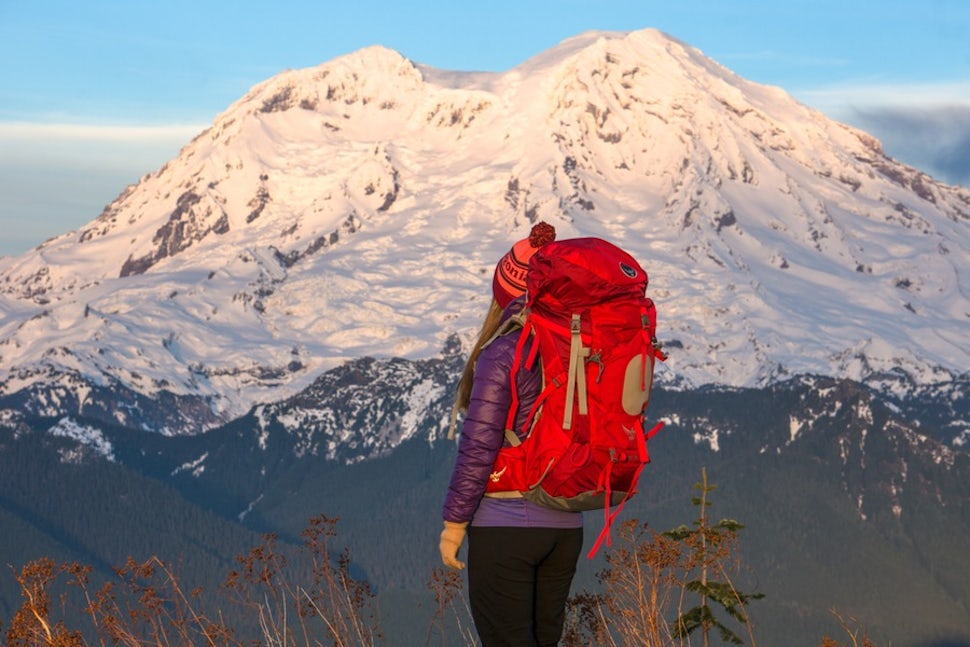Hit The Backcountry: 5 Tips For Buying Your Perfect Backpack

There are few things more exciting and exhilarating than hitting the trail for a quick overnight or heading out on a multi-day backpacking trip. Just thinking about leaving the laptop and wifi connection at home leads to plenty of daydreaming. Now that you're pumped to go, here comes the hard part. Which pack do I need? Let's be honest, there's more than enough information out there about which backpack to choose, and it seems like everyone has an opinion about what the most important details are. To make things easier on you, I've streamlined this process by breaking down the key factors and including helpful links to trusted resources. Take a look, buy your backpack, then hit the trail!

1. Find The Right Size
Finding the right size pack for your body is perhaps the most important part of buying a new backpack. The wrong sized pack can lead to uneven distribution of weight, carrying unneeded weight, or other discomforts on the trail. When selecting a standardized size (Small, Medium, Large) be sure to keep in mind that it is your torso height, rather than your entire body, that is most important. Outdoor Gear Lab has a good method for measuring your torso at home.
2. Decide On Needed Capacity
How many days and nights will your trip be? What activities will you be doing and what gear is required? How many other people are you traveling with? All of these questions are super important to consider when deciding on the capacity of your pack. Check out REI's helpful guide to the ratio for trip length and pack capacity.
3. External vs. Internal Frame
Most frames are internal, which is helpful for any sort of dynamic activity with your pack on. The internal frame hugs the contours of your body and helps keep your center of gravity tight and central. However, as Backpacker.com notes, having an external frame can be helpful for additional support if you’re carrying extra weight or gear with uneven weight distribution. Additionally, it can provide space between your back and the pack allowing some ventilation to keep you cool.

4. What Features Will You Need?
What type of trip are you going on? Will you need loops to hold your ice axe? Will you be doing significant day hikes from base camp? Keep the rest of your trip in mind when purchasing your pack as the additional features can make it easier on your day hike to a scenic peak or nearby lake. REI outlines how a pack designed for climbing has specific features that may not be as ideal for a long term backpacking trip.
5. Get Fitted
After you’ve done all your research and picked out your pack, make sure you get it fitted. The last thing you want is to end up on the trail with all the weight on your shoulders or find that the waist straps rub your hips in the wrong way. If you bought your pack at a brick and mortar store, make sure you have them fit you before you walk out - or if you bought it from their online store, head in and get it fitted. If you went the amazon route, check out Sierra Trading Post's Backpacking Guide for how to adjust your pack to get the right fit.

Discover amazing backpacking adventures here.
We want to acknowledge and thank the past, present, and future generations of all Native Nations and Indigenous Peoples whose ancestral lands we travel, explore, and play on. Always practice Leave No Trace ethics on your adventures and follow local regulations. Please explore responsibly!
Do you love the outdoors?
Yep, us too. That's why we send you the best local adventures, stories, and expert advice, right to your inbox.








